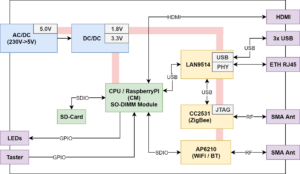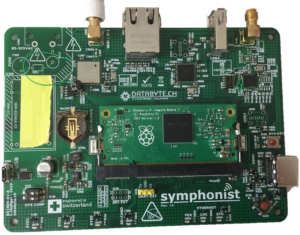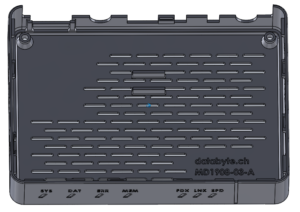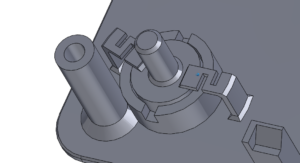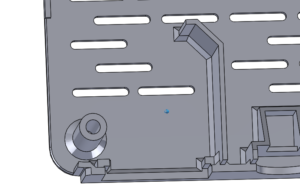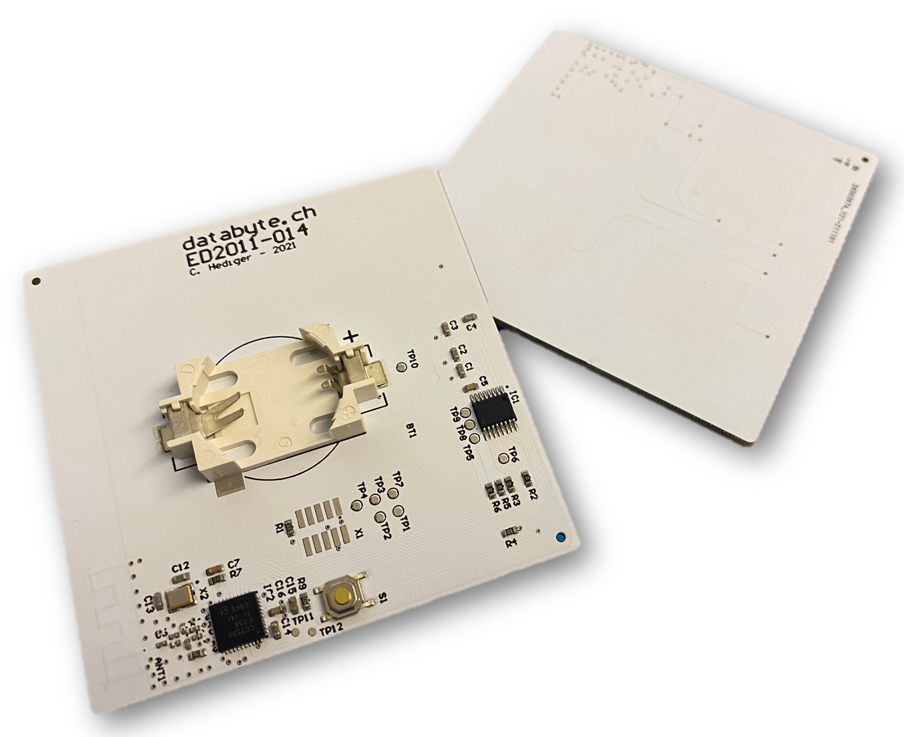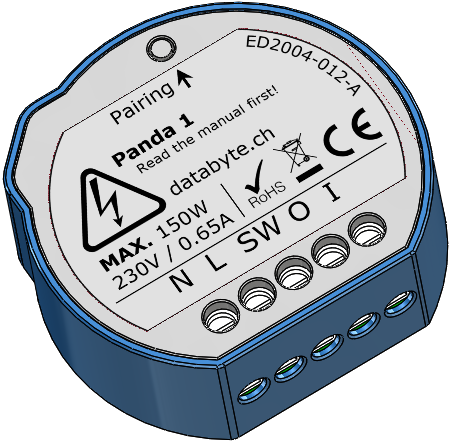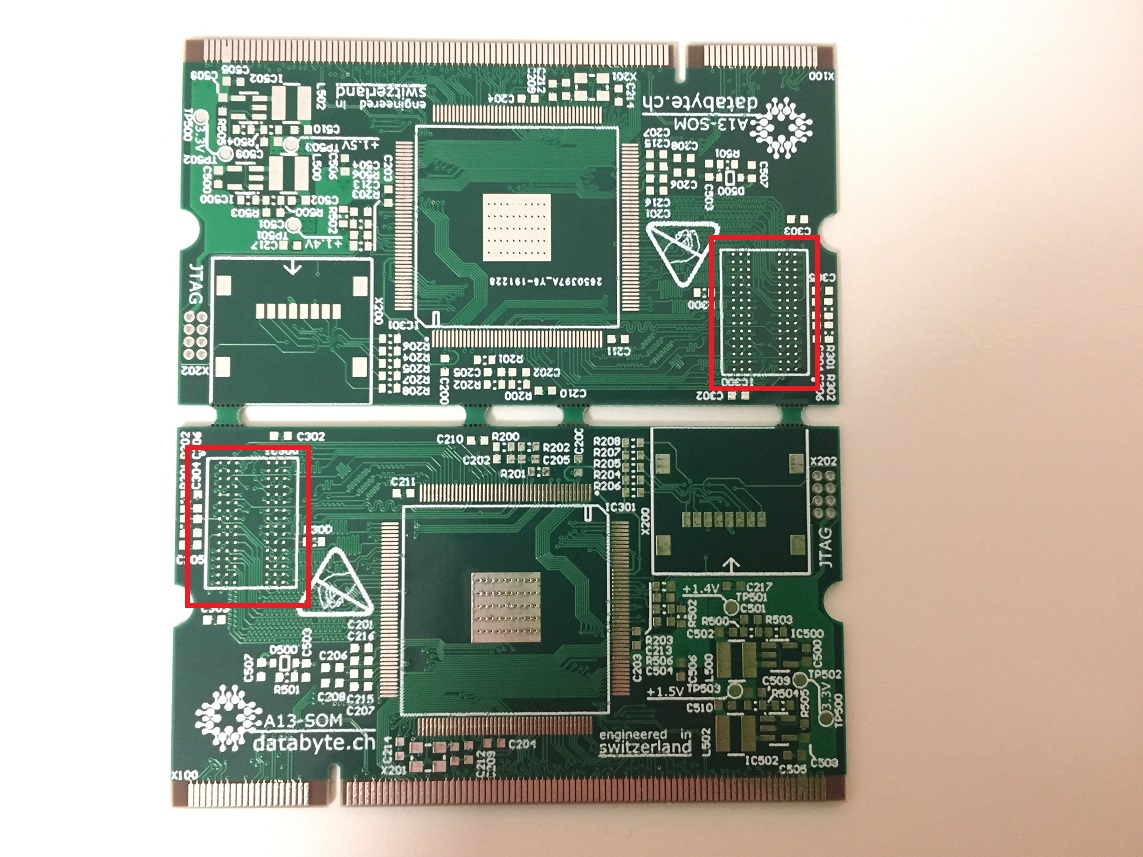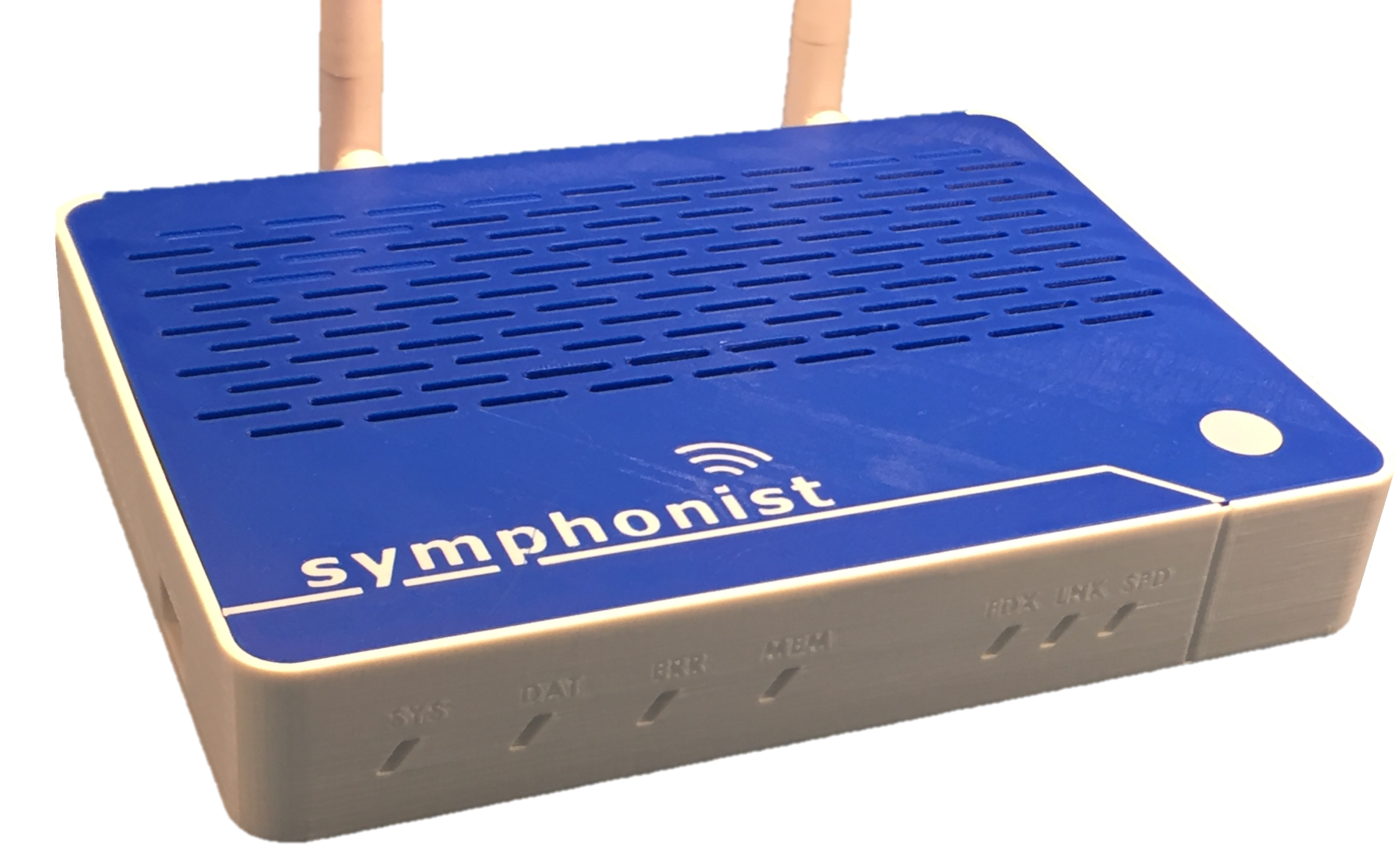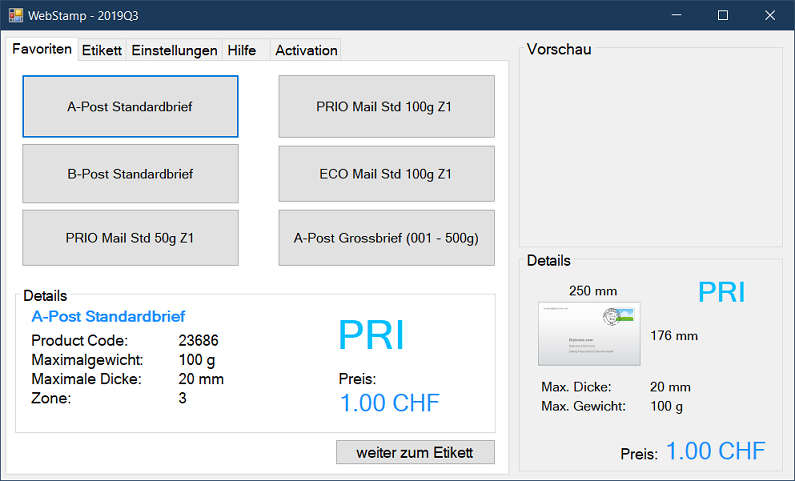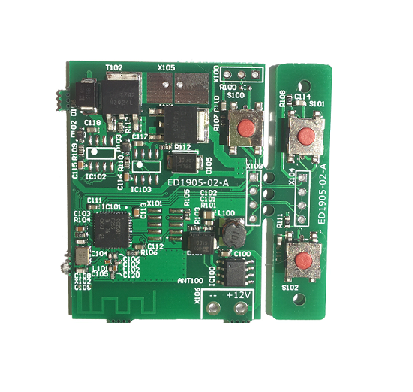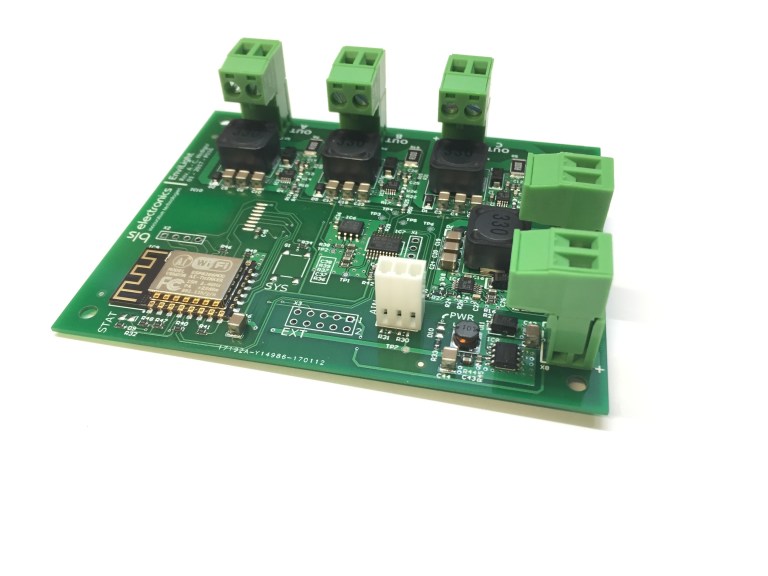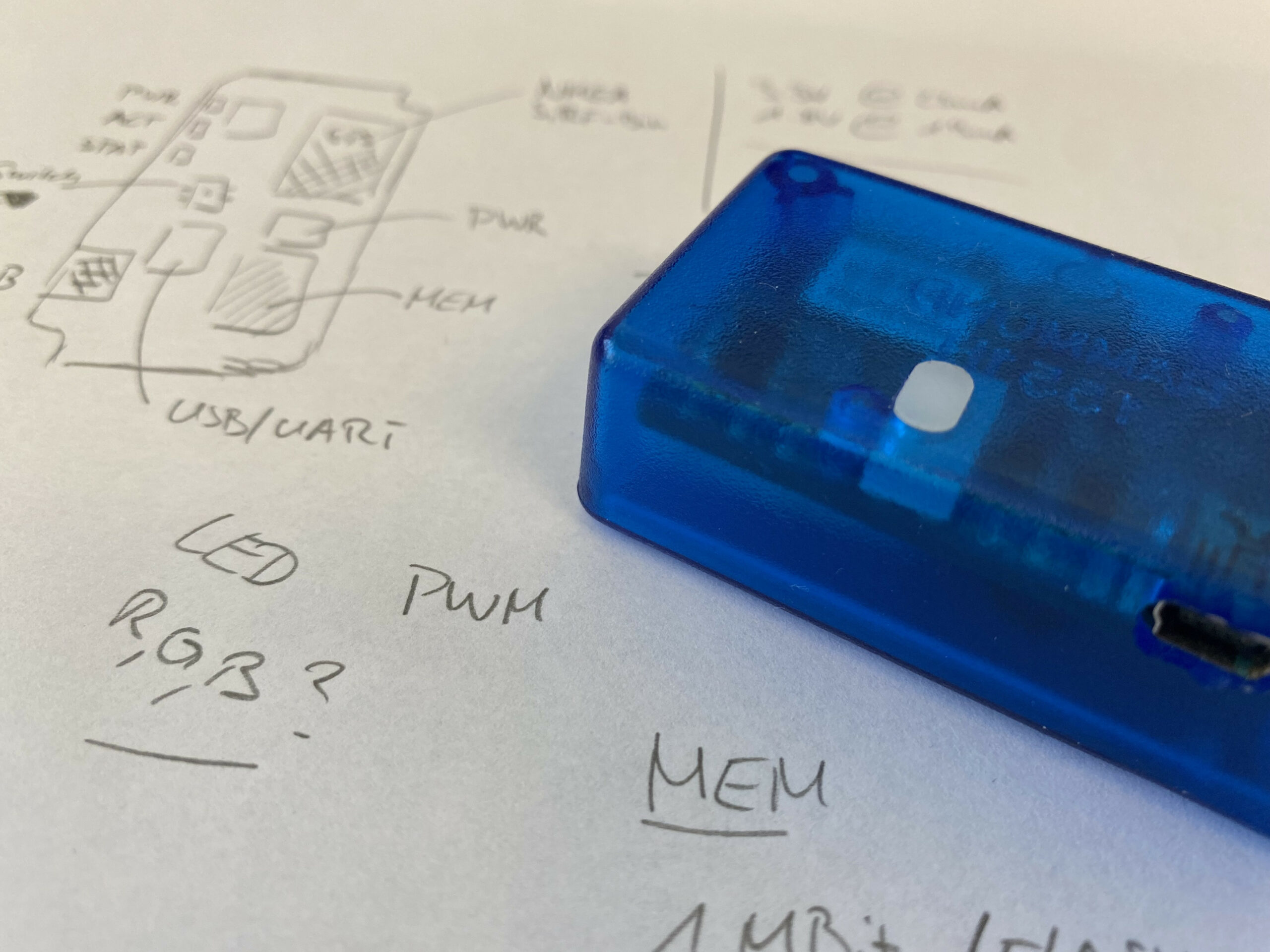Description: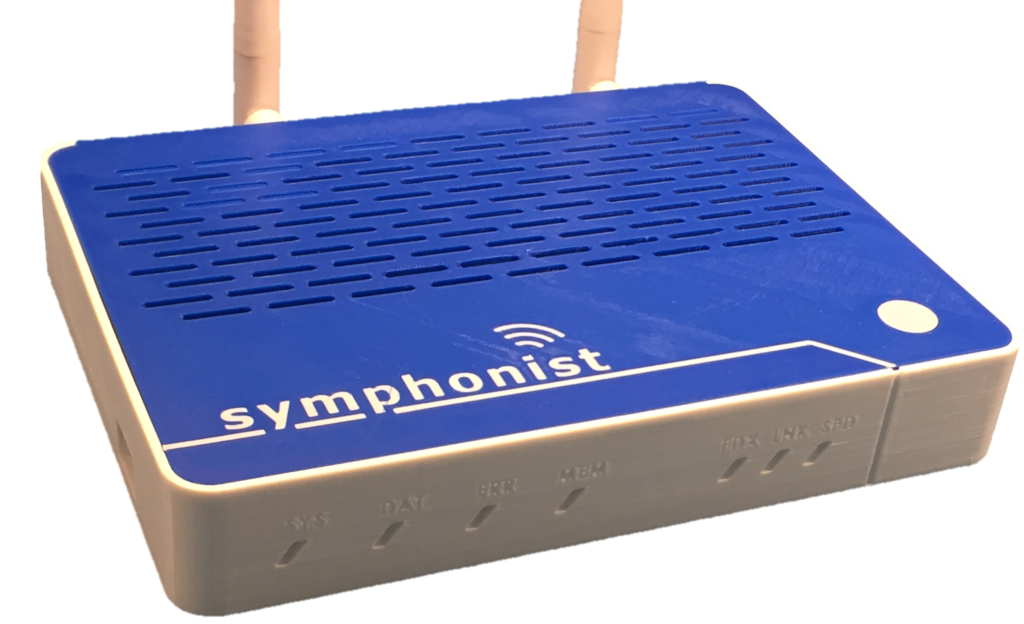
For a few years now, there is a constantly growing market for connected devices in private homes like lightbulbs, temperature sensors, humidity sensors, doorbells and so on. One of the most annoying things about these gadgets is, that the user often needs some proprietary gateways for connecting these devices (often ZigBee based) with a smartphone or the internet at all.
Using such gateways can solve the problem and make the light bulb available to the smartphone or even on the internet. But as soon as you try to integrate a device from a different vendor, you often are forced to buy a 2nd gateway.
Beneath that, these gateways are often very constrained in case of flexibility when it comes to some special scenarios.
For example:
You would like to flash a lightbulb or play a sound on your WLAN speakers whenever you get an E-Mail. Or you would like to increase the temperature of your heater with a predefined slope as soon as the outside temperature reaches a pre-defined level. For all such special circumstances, you cant use the OEM’s regular gateways.
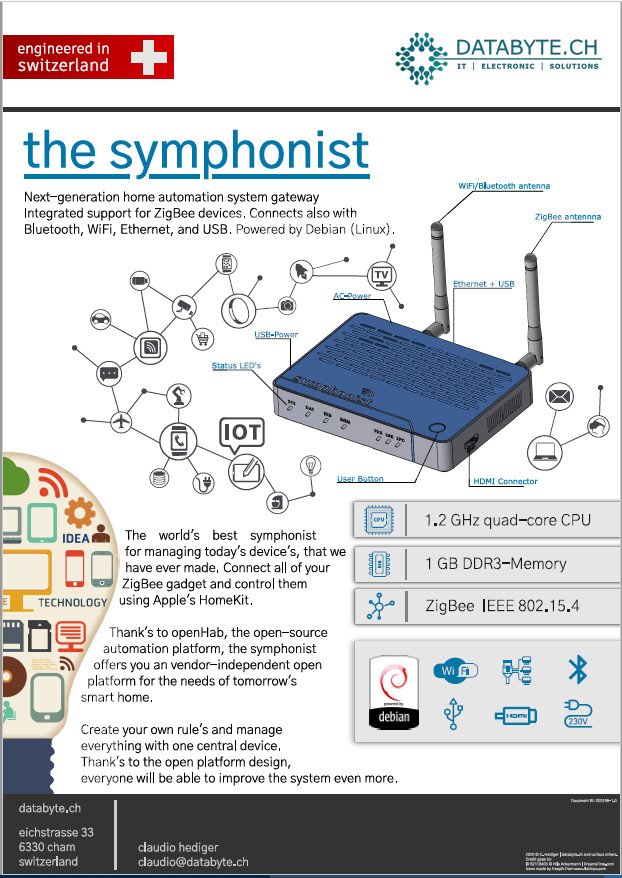 OpenHab
OpenHab
There are already several open-source projects which address all these problems. Today, you could set up a RaspberryPi or even some other computer and run OpenHab or a similar solution to it. OpenHab is a system that allows you to connect devices from many different manufacturers together. There are different binding, which allows you to interface with an extremely broad range of technologies. For example, there are bindings for ZigBee, Bluetooth, Sonos, IMAP, Twitter and many more: take a look here.
For interfacing with ZigBee, you must connect a ZigBee Transceiver hardware to your system. Such a transceiver can be bought from many different online stores. Also on Aliexpress are several transceivers available. Just search for CC2531 and you will find many dongles for around 5 USD.
Such a dongle will enable your system to communicate with ZigBee devices. Thanks to koenk’s effort, we can make all these ZigBee devices available through MQTT: take a look here.
Symphonist
Ok, now you know that there are solutions possible which solve the above-mentioned problems. But it requires a lot of know-how to set up such hardware since the transceiver must also get flashed with some custom firmware… This is where the Symphonist comes in place. I have spent hundreds of hours in developing this project. The result is a device that fulfills a broad range of requirements. It can communicate with a wide range of devices out of the box. Thanks to the available schematics and open-source components, everyone will be able to improve this project even further! Below you can find further information about the project itself.
The symphonist consists of a CPU-Board (RaspberryPi ComputeModule), a LAN9514 USB and Ethernet PHY. It also contains a Power Supply which can power the board directly out of an AC-Source between 85-240V. This makes the symphonist even more flexible. The board can also be powered through a micro-USB connector. Beneath that there is also an AP6210 WiFi and Bluetooth module on Board. And, of course, a CC2531 USB IEEE 802.15.4 Transceiver Chip from TexasInstruments containing the necessary Firmware for connecting with smart devices.
Design
The Symphonist has also got a stylish 3D-Printer enclosure. This enclosure is available as *.STL File for everyone who has bought a symphonist PCB. You can also buy the case without buying a PCB.
PCB
The above picture shows the first revision of the PCB. There are some minor bugs that will be fixed in the second revision B.
Technical data
| Power supply | +5.0V / 230V AC |
| Current consumption | up to 1A max (t.b.d) |
| IOs | SPI, UART |
| CPU | RaspberryPi CM3 (1.2GHz, 4-Cores) |
| Memory | 1 GB DDR3 |
| Dimensions | 148 x 108 x 26mm |
| SD-Card | On-Board |
Connections
Enclosure
As already mentioned, the enclosure can be 3D-Printed. The print will be done in two parts. The button is also integrated into the top cover. A light guide for the LEDs was also designed and can also be printed.
Precautions to the high voltage on the line-in port were also made. For this, a wall was designed to separate the high-voltage section from the low-voltage one. There is also a safety distance from at least 6.35mm throughout the whole PCB-Design which separates the line voltage from SELV sections.
Documents
With this project, several documents are released. You can find all of them in the right sidebar.
Mainly the available documents are:
- Schematics
- Datasheet
- Manual (actually contained in the Datasheet)
- Complete SD-Card images (future)
- CC2531 Firmware (future)
Support / Help / Improvements
Support is always highly appreciated. Help us, to make the symphonist the best platform for connecting and automating smart things that we have ever made!
Support:
- Improve software/firmware: GitHub page
- Improve hardware: send me a message through the contact form or contact me on telegram. Contact
- Financial support: donate or buy hardware or support the crowdfunding campaign.
Disclaimer
This device, its information, and all other device-related information are provided under the following conditions:
This is an evaluation board/kit/module/device and is intended for the use as ENGINEERING DEVELOPMENT, DEMONSTRATION, OR EVALUATION PURPOSES ONLY and is not considered by databyte.ch or its owner to be a finished end-product which could fit for general consumer use. The board/kit/module/device may not comply to or fulfills the usual directives regarding electromagnetic compatibility, restricted substances (RoHS), recycling (WEEE), FCC, CE or UL, and therefore may not meet the technical requirements of these directives and or also other related directives. The usage and operation of this board/kit/module/device are in the sole responsibility of the buyer/user itself.
Furthermore, the user assumes all responsibility and liability for proper and safe operation and/or handling of the board/kit/module/device. Also, the user indemnifies databyte.ch and/or its owner from all claims arising from the handling or use of the goods (board/kit/module/device). Please be aware that due to the open construction of the project, it is the user’s responsibility to take all appropriate precautions concerning electrostatic discharge, EMC-Conformity and, especially all precautions concerning electrical shock and/or fire in case of an electrical fault or any usage of the board/kit/module/device.
Progress: releasing
Current rev.: A
Planned rec.: yes, B
PCB: ED1905-001-A
Schematic:
ED1905-001-A_Schematic.pdf
Datasheet:
ED1905-001-A_Datasheet.pdf


